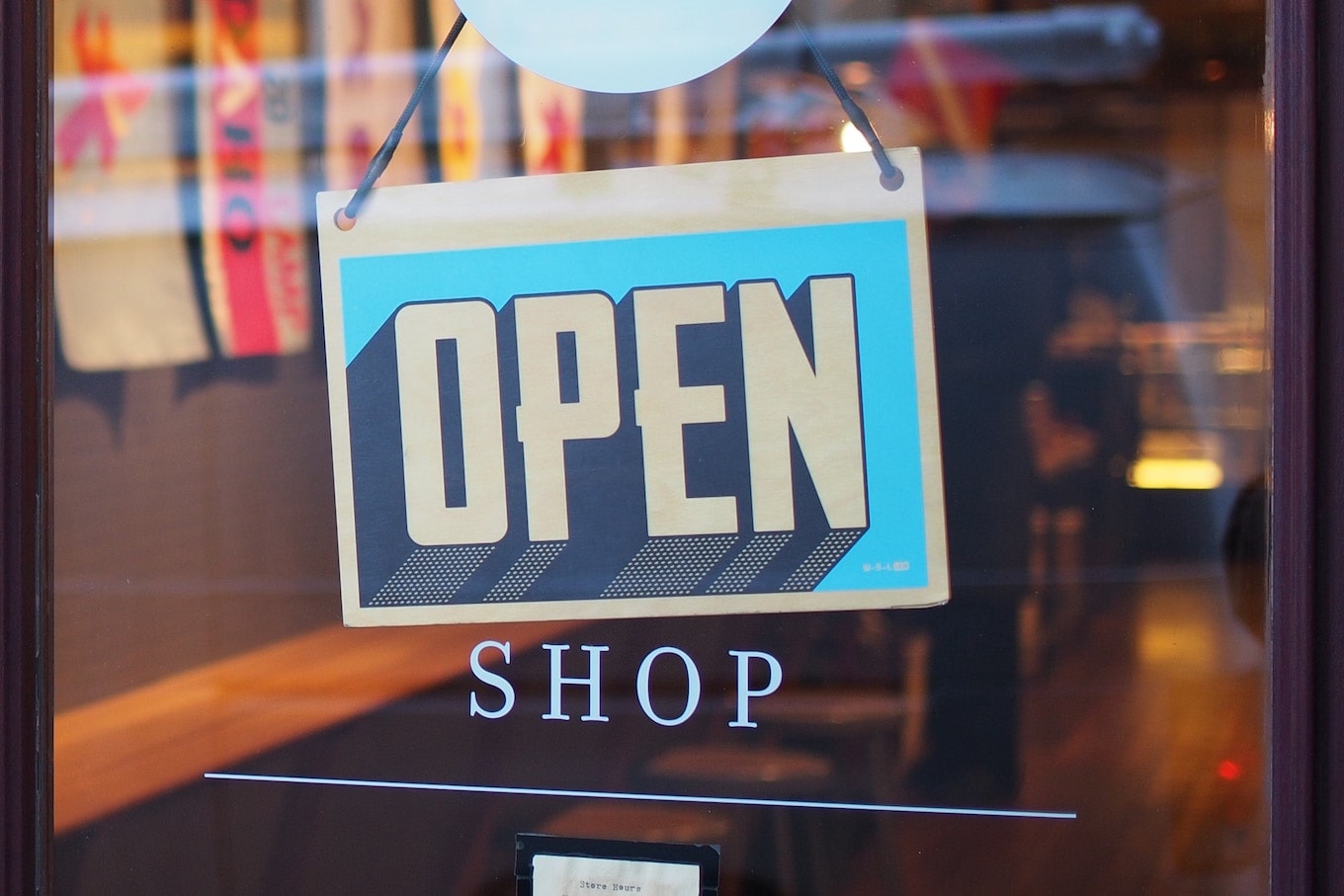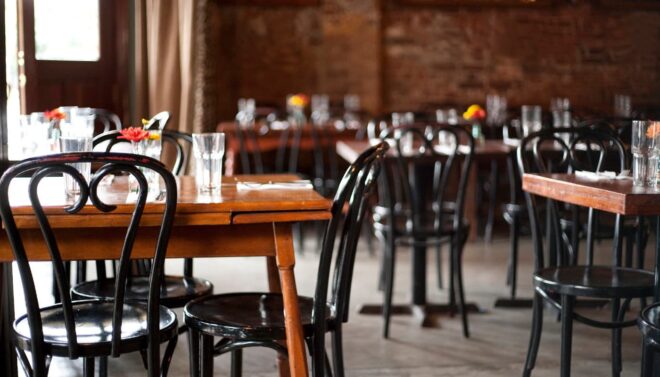U.S. Department of Commerce estimated that only 14.3% of total retail sales in 2018 were completed online. By and large, retail customers still flock to traditional brick-and-mortar locations to do their shopping. And, digital-first retailers are taking notice. From Glossier and Warby Parker to Casper and Outdoor Voices, “click-to-brick” is becoming more common as brands begin to put down roots in the real world.
New businesses that launch as digital-native or online-only retail services have the advantage of testing out new products, establishing a business structure, and building a following without sinking a ton of cash into their initial concept. But, when these businesses succeed, it often becomes necessary to open a physical location in order to continue growing. Are you in a position where opening the doors to your first storefront is the logical next step? Here’s what you need to know before opening a physical location.
Know when you’re ready to make the leap
How much business is enough to go from online to brick-and-mortar? The tipping point can be hard to determine, but most experts recommend taking out a loan or other financing stream to support your business projections. Here are some resources to help you get a handle on the broad cost categories you will need to budget for, as well as some ideas for raising the capital you might need.
Test before you commit
Eyewear company Warby Parker is the perfect example of a brand who was careful about expanding their physical footprint. The brand famously launched their first IRL experience in 2012 on a yellow school bus that traveled the country, bringing frames to the people. It was a creative way to test the online concept without sinking lots of money into real estate.
Other small business owners can follow Warby Parker’s lead by testing their concept through pop-ups, events, and other mobile experiences. Here are some resources to get you started.
Find the right location
By testing your experience with a pop-up or limited time event, you should be able to get the feedback to start finding real estate, design your in-store experience, and open new marketing channels. Use your pop-up to see if your customer base located in an area focused enough to sustain a physical store. Then, back-up those data points with some additional research.
Focus on the customer experience
Remember, your physical storefront won’t replace your e-commerce site. It’s important to translate your online branding to the in-store experience. How will the customer feel the consistency of your brand? What will your in-person store offer that your website can’t? How will you continue to serve your online customers who can’t make it to your physical store? Here are some ideas to help you get inspired.
Remember, growth is a good thing! The trick is to find the best way to grow strategically and in a way that best serves your customers.






